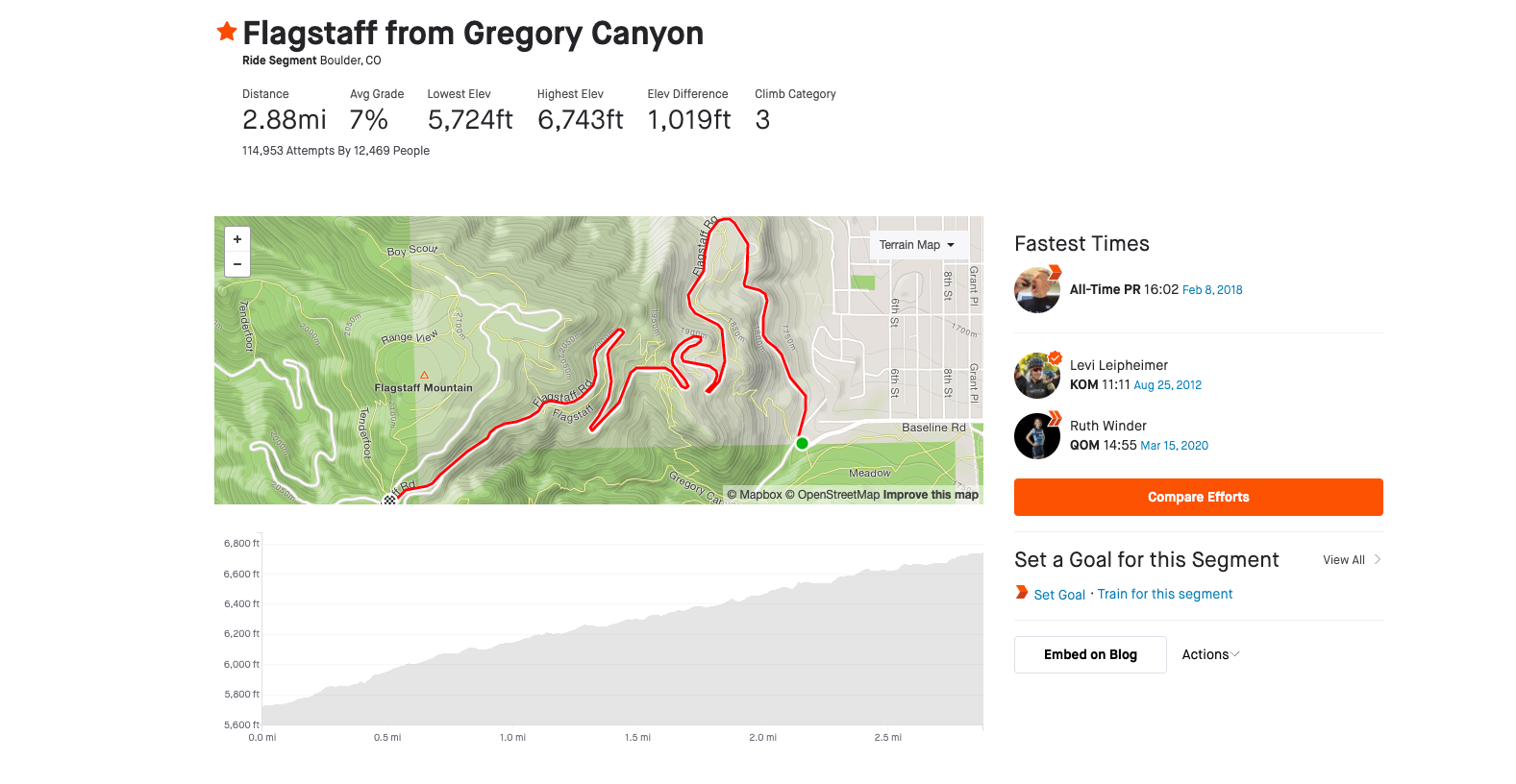Strava Moves Segment Leaderboards, Route Builder to Subscription

Strava Segment Leaderboards are now only for subscribers.
Eleven years after launching a social fitness app that changed cycling, Strava is moving a few of its key features that have been free to subscription-only status, including Segment Leaderboards and the Route Builder.
Segments are Strava’s differentiating feature. While many fitness trackers allow users to upload GPS files of their workouts, and offer various basic analytics, Strava has long had a competitive element where users are ranked by time on Segments, sections of road or trail demarcated by users.
The Segment Leaderboards showcase every user’s time for each Segment, and can be broken down by gender, age, and weight.
As of today, May 18, competing on Segments and analyzing them with Segment Leaderboards require a $5 monthly subscription.
Other features being moved to subscription-only status include:
- Segment analysis
- Training dashboard and training log
- Route Builder with Heatmap and Segment features
Notably, cyclists who have newer Garmin or Wahoo computers with the Strava Live Segments will still be able to use this feature on their bike computer, regardless of whether or not they subscribe to Strava. This will only work on the bike, however; only subscribers will be able to look at the Segment Leaderboards on the app or the website.

Strava Subscription vs. Free Strava
Free Strava users will still be able to see the top-10 women and top-10 men for each Segment; they just won’t be able to see where they or their friends rank if outside that top 10.
Free Strava users will also still be able to create Segments, look at existing Segment details, and use the Segment Explore feature.
Free Strava users will also still be given activity achievement notifications, such as personal records or KOM/QOM alerts, for setting best times on any Segment.
Lastly, Strava is doing away with its multi-tiered Summit pay package in favor of just two options: free and subscription.
55 Million Athletes. 180 Employees
Strava claims that more than 3 billion activities have been uploaded to the social fitness app, coming from more than 55 million users. Founded in 2009 by Mark Gainey and Michael Horvath, the 180-person company has yet to reach profitability, it claims.
In a letter from Gainey and Horvath, Strava lays out its case for moving popular features to subscription as a commitment to longevity. In other words, Strava needs to make money to last.
“This focus on subscription ensures that Strava can serve athletes decades from now, and in an up-front way that honors the support of the athletes we serve today,” the letter reads. “We plan to take what we earn from these changes and reinvest straight back into building more and better features – not devising ways to fill up your feed with ads or sell your personal information. We simply want to make a product so good that you’re happy to pay for it.”
Gainey and Horvath also note a number of new features that have been added to free and subscription Strava recently, including Apple Watch integration, being able to prioritize favorite athletes in users’ feeds, and integrating with Garmin Connect so favorited Strava courses can pop up on Garmin devices for turn-by-turn navigation without having to download a file and drag into a Garmin. This last feature, introduced May 14, remains free.
Route Builder

Strava’s Route Builder has some new features, including a way to view surface type (paved, unpaved, unknown) and calculate the percentages of each on any route. This surface feature shows on the map and the elevation chart as well. The basemap layers can be set for standard, Heatmap (which shows popularity for nearby roads and trails), and Segment Explore (which shows nearby Segments).
When building a route, you can toggle between minimizing or maximizing elevation gain if you so choose, and similarly you can toggle surface type.
As of today, you can still view routes you previously saved or others’ routes for free, but creating new routes requires a subscription.

Training Dashboard and Training Log
Previously called Summit, Strava’s training features are now called Training. There are four basic sections: Weekly Activities, Training Log, Weekly Intensity, and Monthly Fitness.
New features include more than 30 sport types for upload (instead of just ride, run, and swim).
There are new filters for time, distance, elevation, sport type, and commuting.

The training metrics aren’t as in-depth as what you get from TrainingPeaks or Today’s Plan, but there are some basic cumulative stats and analysis, including those drawn from power-meter or heart-rate-monitor data, or even from perceived exertion if you routinely enter that.
The Monthly Fitness section gives a number to your current fitness and compares it to that from the previous month, three months, six months, year, and two years.
Strava will be offering a 60-day free trial of the subscription offerings.